Office USA: 706-658-1122 | Tech Support: 706-362-4813
Office Bulgaria: +359 431 64477
Exploring the Future: How Concrete Machines Are Revolutionizing Construction Efficiency
In the rapidly evolving world of construction, the advent of concrete machines has marked a significant turning point in enhancing efficiency and productivity on job sites. As the demand for faster and more sustainable building practices grows, these machines have emerged as critical tools in the modernization of construction techniques. From automated mixers to innovative 3D printing technologies, concrete machines are not only streamlining processes but also minimizing labor costs and reducing material waste. This comprehensive exploration delves into the transformative impact of concrete machines on the construction industry, highlighting their capabilities and the future potential they hold. By understanding the technological advancements and practical applications of these machines, industry professionals can better navigate the challenges of modern construction while embracing innovative solutions that promise to redefine efficiency and effectiveness in building projects.
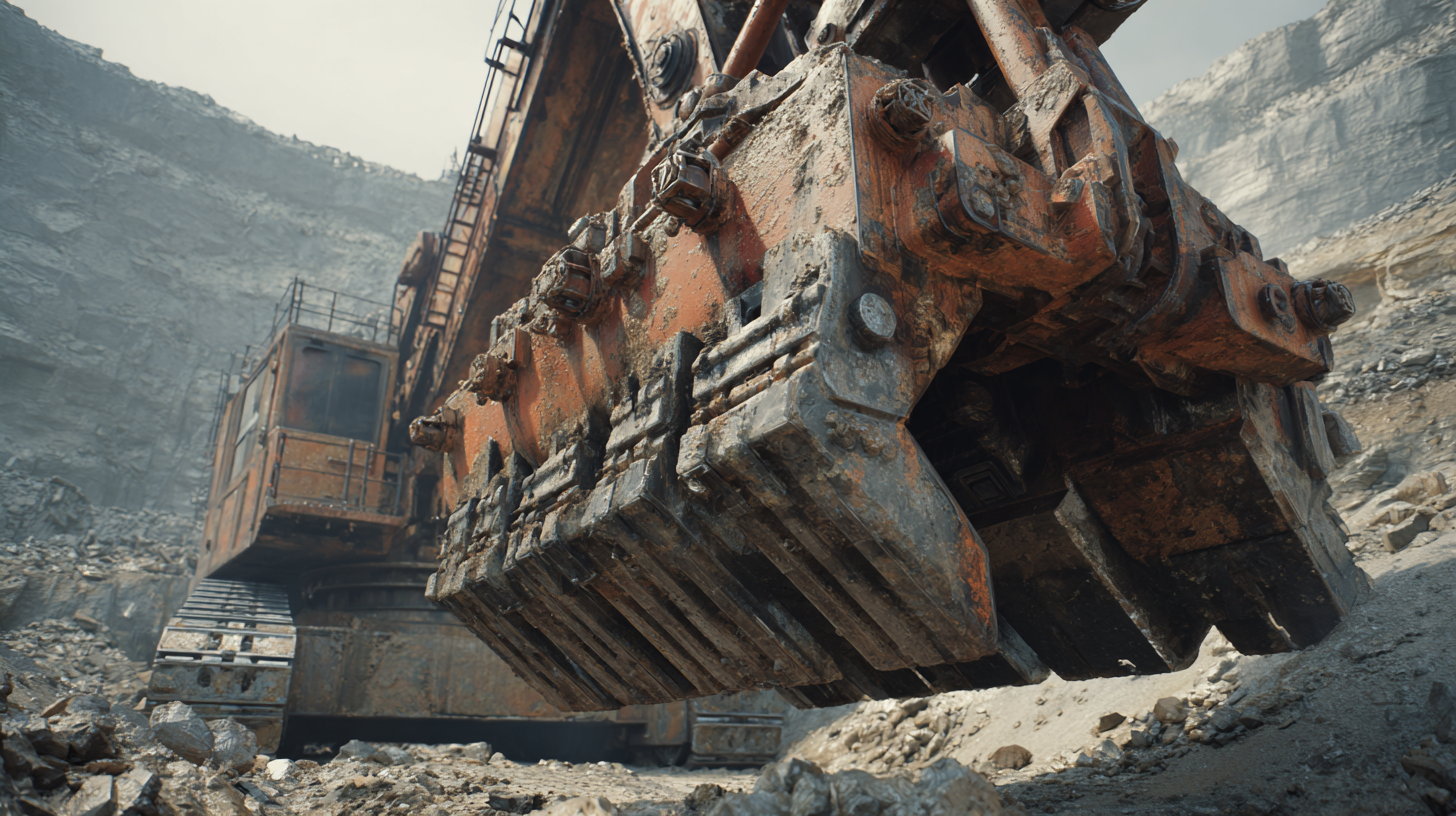
Innovative Technologies Driving Concrete Machine Advancements in Construction
Innovative technologies are transforming the construction industry, particularly through the advancements in concrete machines. One of the most significant developments is the integration of automation and robotics in concrete pouring and finishing processes. According to a recent report by Grand View Research, the global concrete equipment market is expected to reach USD 75.5 billion by 2027, exhibiting a compound annual growth rate (CAGR) of 5.3%. This rise is largely attributed to the increasing demand for efficient construction practices that reduce labor costs and project timelines.
Moreover, the implementation of 3D printing technology in concrete construction has begun to redefine efficiency standards. The use of 3D-printed concrete allows for faster construction times and reduces material waste, as layers of concrete can be precisely placed without the need for traditional molds. A report from Technavio indicates that the global 3D printing construction market is projected to grow by USD 1.1 billion from 2020 to 2024, driven by the desire for sustainable construction solutions. These technologies not only enhance productivity but also address environmental concerns, marking a significant shift in how concrete machines are utilized in modern construction practices.
Exploring the Future: How Concrete Machines Are Revolutionizing Construction Efficiency
| Technology | Description | Efficiency Improvement (%) | Energy Consumption (kWh/m³) | Deployment Year |
|---|---|---|---|---|
| 3D Printing | Automated layer-by-layer construction using concrete mixtures. | 40 | 30 | 2021 |
| Robotic Arms | Robots designed to handle precise mixing and placement of concrete. | 35 | 25 | 2023 |
| Smart Sensors | Sensors that monitor moisture and temperature for curing concrete. | 20 | 15 | 2022 |
| Prefabrication | Offsite manufacturing of concrete components for quicker assembly. | 50 | 40 | 2020 |
| Drones | Use of aerial drones for site surveying and logistics management. | 30 | 20 | 2023 |
Enhancing Productivity: The Role of Automation in Concrete Machinery
The construction industry is undergoing a profound transformation, largely driven by advancements in automation and concrete machinery. Recent studies indicate that automated concrete machines can increase productivity by up to 30%, significantly reducing the time and labor required for critical tasks. For instance, robotic arms and automated mixers enhance precision and consistency, minimizing waste and ensuring higher-quality outputs. As construction projects become more complex, the role of automation in concrete machinery becomes increasingly vital, allowing for faster project completion and improved safety on job sites.
**Tip:** When integrating automated concrete machinery into your projects, prioritize training for your team. Familiarizing them with the latest technologies will not only boost efficiency but also enhance overall collaboration and safety.
Moreover, a report by McKinsey & Company reveals that the adoption of automation in construction could lead to a $1.6 trillion increase in global economic output by 2030. This underscores the importance of embracing innovative technologies. By leveraging automated systems, construction firms can better manage resources and maintain competitive advantages in a rapidly evolving marketplace.
**Tip:** Consider conducting a pilot project using automated concrete machinery. Evaluate performance metrics to understand the specific benefits and challenges before fully committing to a larger-scale implementation.

Sustainability in Construction: Eco-Friendly Concrete Solutions
As the construction industry evolves, sustainability takes the forefront with innovative concrete solutions that promise to reshape our urban landscapes. Recent trends indicate that the global lightweight aggregate concrete market is projected to reach USD 10.07 billion by 2033, highlighting the growing demand for eco-friendly materials. Innovations such as the use of palm tree fibers in concrete demonstrate the industry's commitment to incorporating sustainable resources, reducing environmental impact while maintaining structural integrity.
One significant development is the advancement of AI technologies that assist in creating lower-carbon, quicker-curing concrete mixtures. These AI tools are designed to produce stronger and more sustainable concrete, aligning with the industry's aim for eco-friendly construction practices. Additionally, engineers are exploring the benefits of using smart materials like geopolymer concrete, which offers long-term durability and exceptional environmental performance compared to traditional concrete.
**Tips:** When considering sustainable materials for your projects, research local suppliers who offer eco-friendly options to support sustainable practices. Also, keep an eye on emerging technologies that enhance concrete performance while minimizing carbon footprints, as these innovations lead to more resilient future developments. Ensure that your designs incorporate the latest construction trends to maximize efficiency and sustainability.
Exploring the Future: Construction Efficiency through Eco-Friendly Solutions
This chart illustrates the efficiency improvements in construction projects using eco-friendly concrete solutions over the years 2018 to 2023. The data includes the percentage of projects utilizing sustainable materials and the time savings achieved.
The Impact of Artificial Intelligence on Concrete Machine Efficiency
The integration of artificial intelligence (AI) in concrete machinery is poised to significantly transform the construction industry. AI-driven concrete machines enhance operational efficiency by automating various processes, enabling real-time monitoring, and optimizing resource allocation. By utilizing machine learning algorithms, these technologies can predict maintenance needs and adjust workflows dynamically, thus reducing downtime and operational costs.
In South Korea, the construction equipment market is witnessing considerable growth, fueled by advancements in AI. This has led to a surge in demand for specialized concrete machines capable of executing complex projects swiftly and accurately. For instance, the advancements in AI have enabled the development of smart bridge-building machines, which not only enhance construction safety but also improve the precision of structural integrity assessments. As these intelligent systems become more prevalent, they are set to drive not only efficiency but also innovation in large infrastructure projects, ensuring that countries can achieve monumental feats such as the world's longest bridges and expansive rail systems.
Future Trends: How Concrete Machines Will Shape Urban Development
 The landscape of urban development is undergoing a profound transformation, driven largely by advancements in concrete machine technology. As cities expand and the demand for infrastructure increases, the efficiency and capabilities of concrete-machining equipment are evolving to meet these challenges. Automated mixing and pouring machines, capable of rapid processing and precision, enable construction projects to be completed faster and with fewer resources, reducing overall project costs. This efficiency not only contributes to a reduced carbon footprint but also allows for more sustainable urban growth.
The landscape of urban development is undergoing a profound transformation, driven largely by advancements in concrete machine technology. As cities expand and the demand for infrastructure increases, the efficiency and capabilities of concrete-machining equipment are evolving to meet these challenges. Automated mixing and pouring machines, capable of rapid processing and precision, enable construction projects to be completed faster and with fewer resources, reducing overall project costs. This efficiency not only contributes to a reduced carbon footprint but also allows for more sustainable urban growth.
Moreover, future trends indicate that these concrete machines will integrate with smart construction practices, employing artificial intelligence and machine learning to further enhance their functionality. Predictive analytics can optimize the supply chain for raw materials, while robotic systems can facilitate real-time adjustments during construction. This synergy between technology and construction practices will lead to more resilient urban environments, equipped to handle the demands of modern living. As cities embrace these innovations, the role of concrete machines will be pivotal in shaping their infrastructure, ultimately fostering smarter, more sustainable urban landscapes.
Related Posts
-
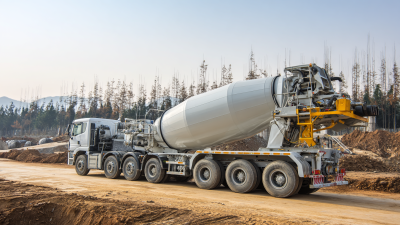
5 Essential Tips for Sourcing Concrete Machines Globally
-
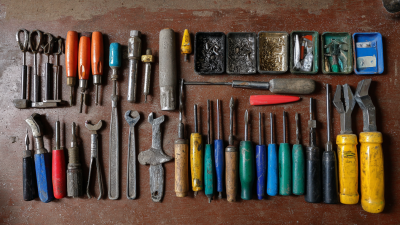
Mastering Concrete Tools: Essential Techniques for DIY Enthusiasts and Professionals
-

Ultimate Guide to Using a Concrete Hand Grinder for Flawless Finishing
-

Essential Checklist for Choosing the Best Fabrication Tools
-
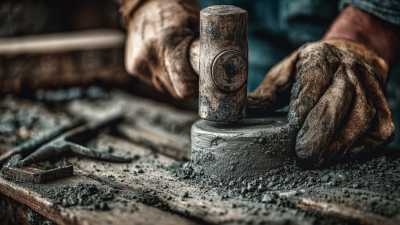
Revolutionizing Your DIY Projects: The Ultimate Guide to Essential Concrete Tools
-
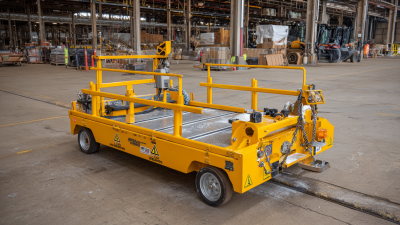
How to Choose the Right Concrete Grinding Equipment for Your Project Needs
